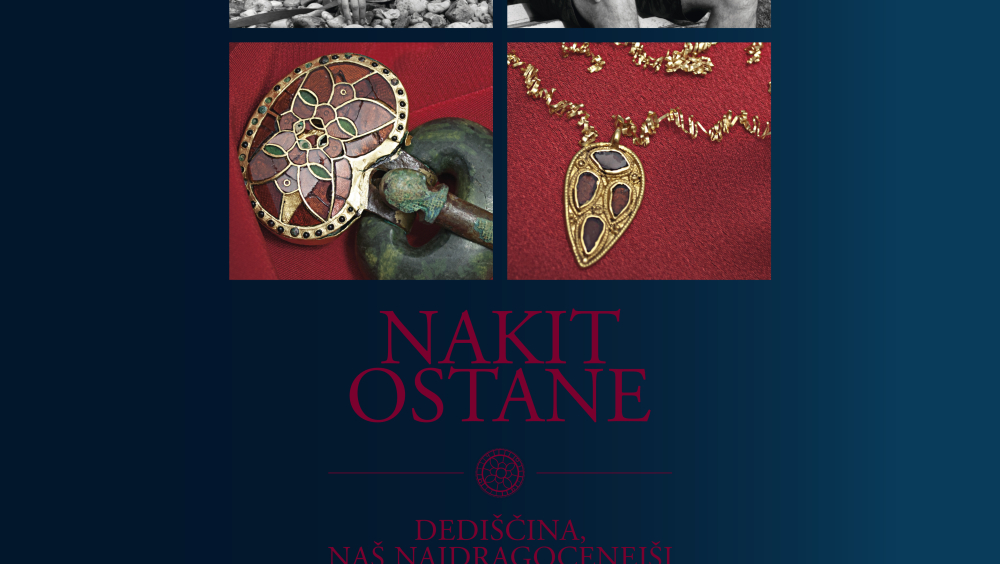“Jewellery remains 2.0” (JeRem 2.0)
Project “Jewellery remains 2.0” is conceived as a two years festival with public lecturing, hands on workshops, international conferences and an exhibition on the topic of cultural heritage and archaeological jewelry as an inspiration for contemporary fashion designs. The project will introduce a multi-interpretation of the past, based on an elite archaeological heritage, which with modern technology and fine-art photography provides a critical insight into the modern society. The project will send a message to the importance of preserving cultural heritage in the original environment. The key of events is the exhibition of ancient jewelry as a metaphor for cultural heritage. Our goal is to raise awareness for common history and values, and reinforce a sense of belonging to a common European space, as well as, emphasize importance of transmission of Europe's cultural heritage as a resource from the past to future generations.
Project “Jewellery remains 2.0” (JeRem 2.0) is the product of continuous cooperation between Belgrade city Museum and the Regional Museum of Kranj, who will participate in a joint project with the Posavje Museum Brežice, the Koper Regional Museum and the Tolmin Museum from Slovenia. The cooperation between the museum was started to mark the European year of heritage 2018 in Slovenia. Also, there is a cooperation with the Archaeological museum of Zadar, Croatia who, with their exhibition “Let me tell you a story”, also marked the Year of European heritage 2018. The project was designed on the basis of an exceptionally successful international conference and exhibition "Jewelry remains", which was created in 2018 with the help of joint work from eight experts, designers and artistic photographers from the region, led by prof. dr Verena Vidrih Perko. The key event of the project is the exhibition of ancient jewellery as the metaphor for cultural heritage. It is planned that the exhibition “Jewellery remains” be opened in Belgrade until September of 2020. The exhibition will contain elite archaeological material made of gold, silver and jewels; jewellery from the earliest periods of iron ages to late antique and times of migration of nations. The authors are aware that the story of jewellery is primarily the story of imperialism, wealth, power and violence; “… the gold is bloody”, and because of this they don’t see this project as a promotion of wealth and luxury. Heritage is, in the exhibition, shown as an inspiration with analog and digital methods, in a way that it transfers the importance from the past to present times, through authentic experience and reflects it in the personality of the observer. An exhibition is a scene where the personal stories of long deceased actors is, with the help of fine threads, connected to modern people. The silhouettes of our predecessors, which hold mirrors, serve for the purpose of facing ourselves in a different time and recognize what we have in common. Alongside of physical exhibits, the exhibition will contain 3D scanned objects, as a form of using new technologies in the preservation and presentation of heritage, as well as, fine art photography that present portraits of known contemporaries decorated with antique jewellery; the form of digital art created with modern technologies that are irreplaceable in archaeology, digital photography and computer tools, which are at the same time technological knowledge, we point out as a key contribution to form and content of the exhibition. It is planned to interactively involve the audience and public through hands on activity during the exhibition.
The activities should help involved cultural heritage organisations in giving a European dimension to their activities, to develop sustainable cooperation with new partners in other countries and to reach broader audiences. Also, the project’s goals are to raise awareness of common history and values, and reinforce a sense of belonging to a common European space, as well as to emphasise importance of transmission of Europe's cultural heritage as a resource from the past to future generations.
